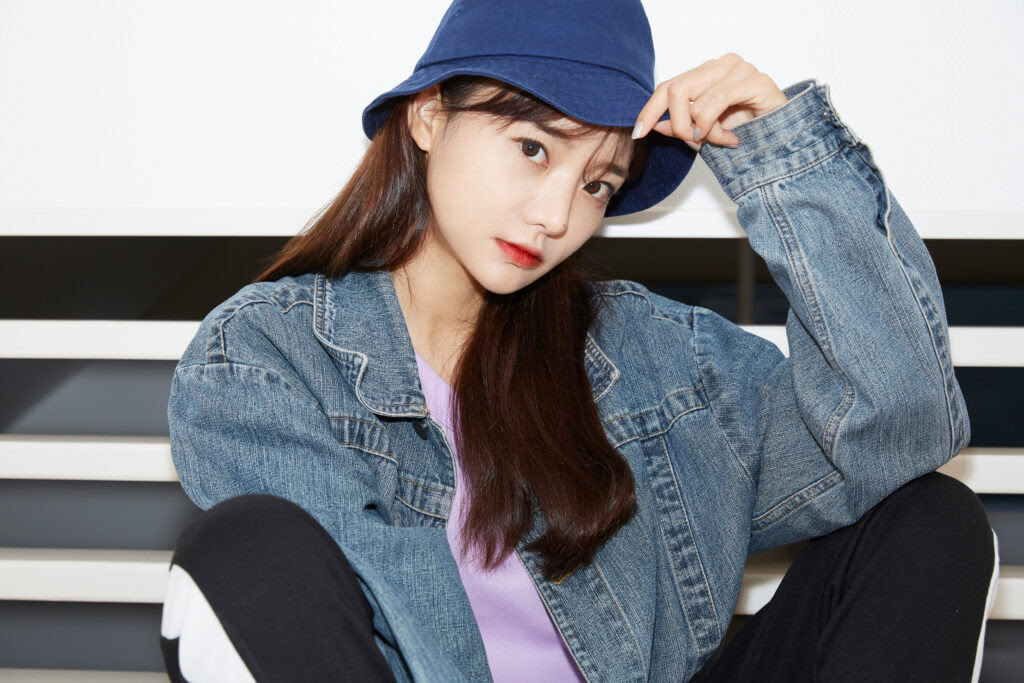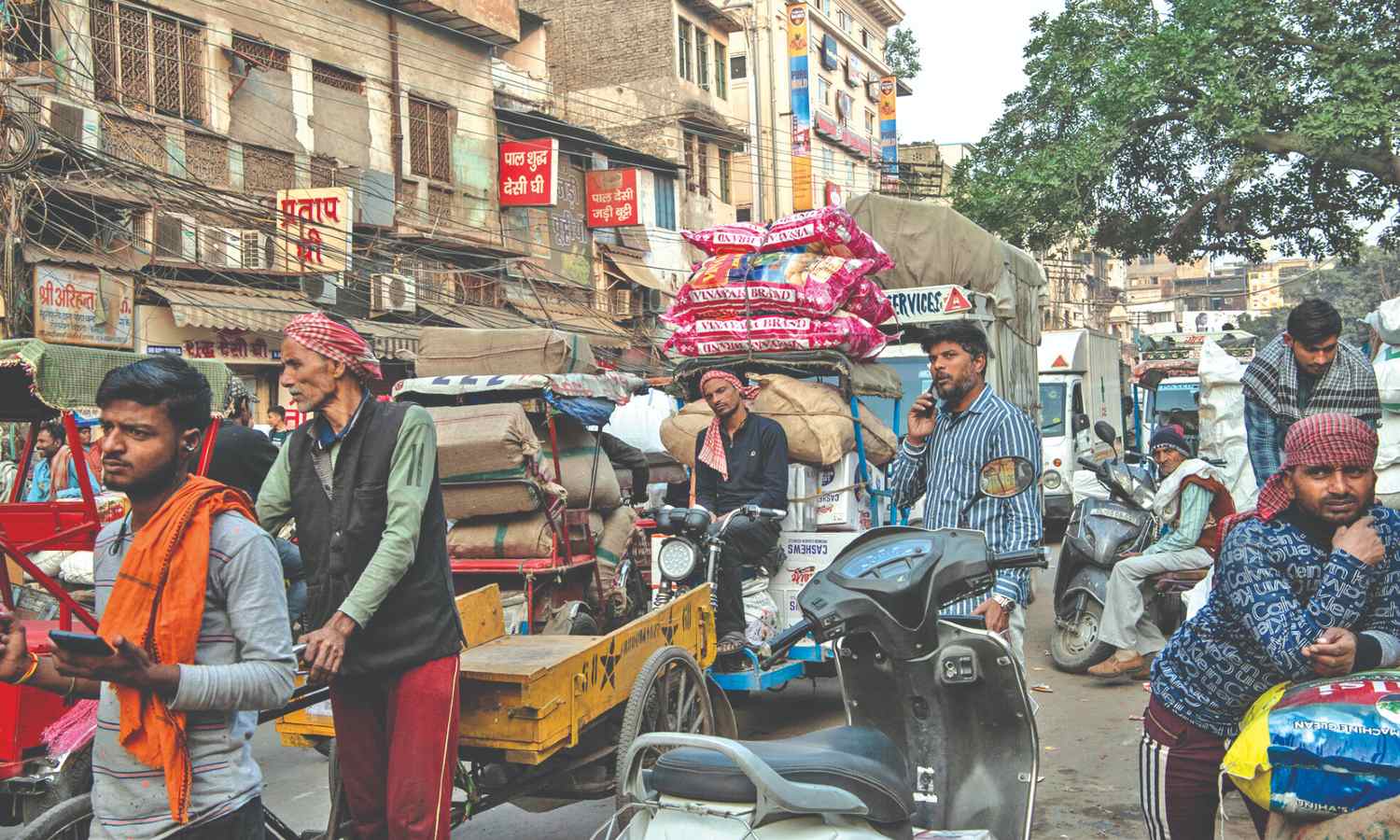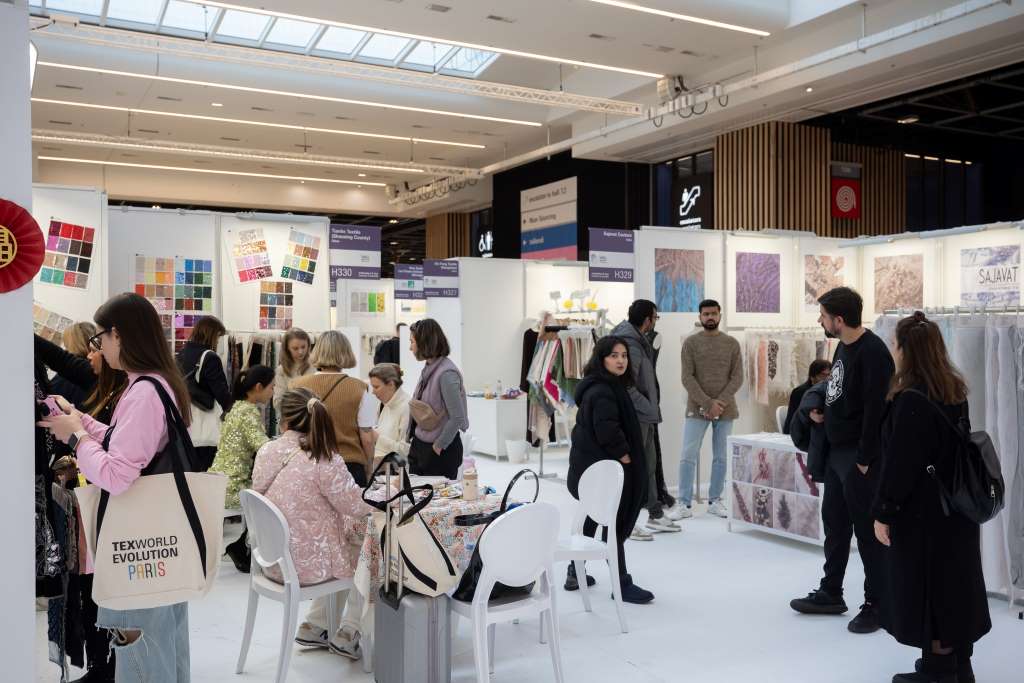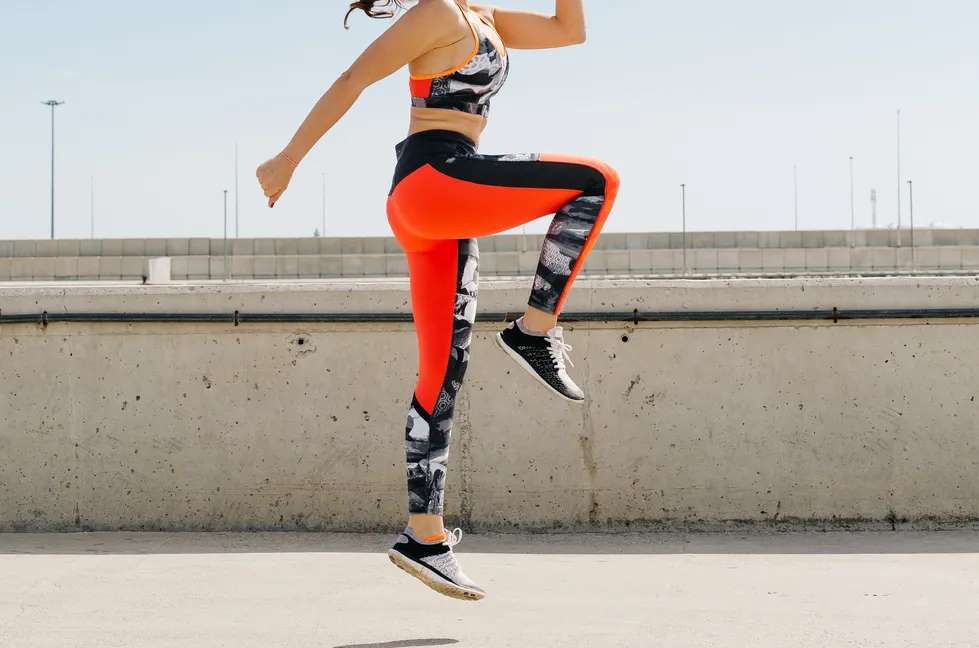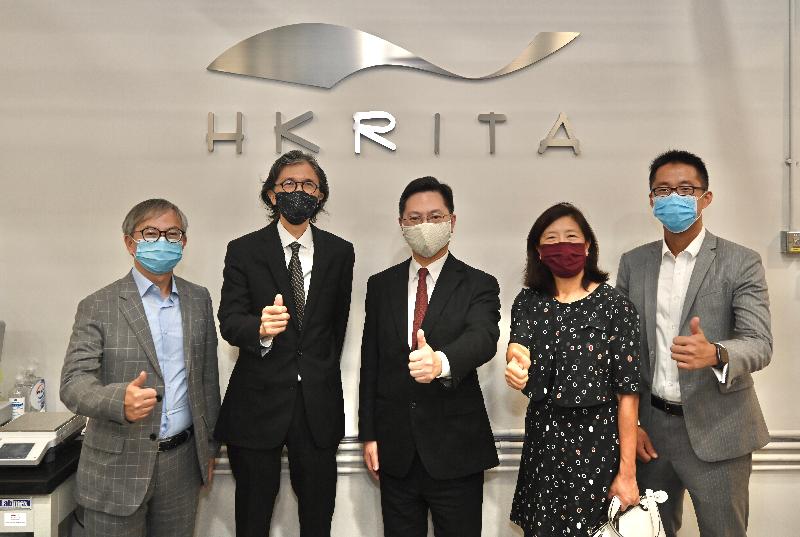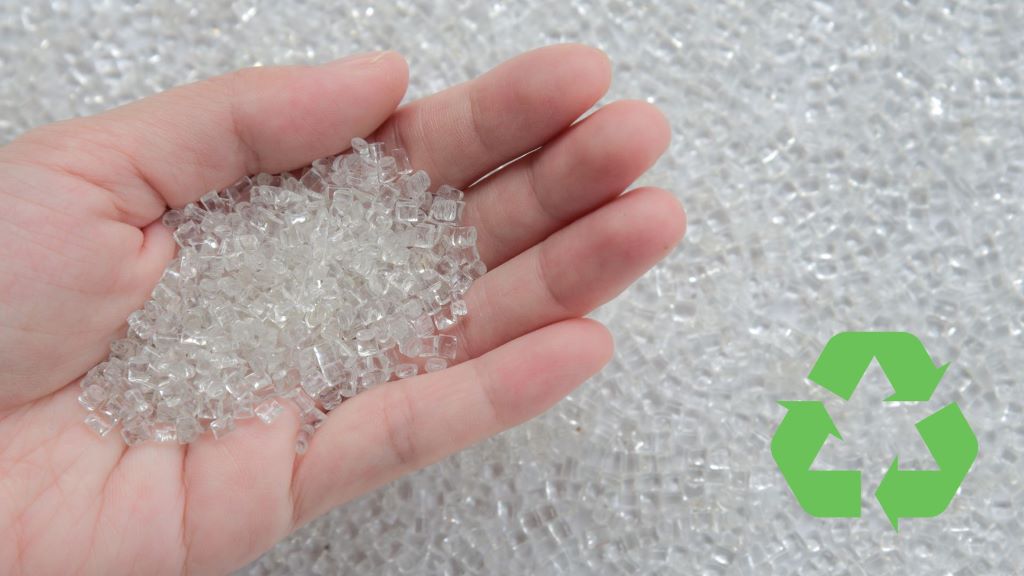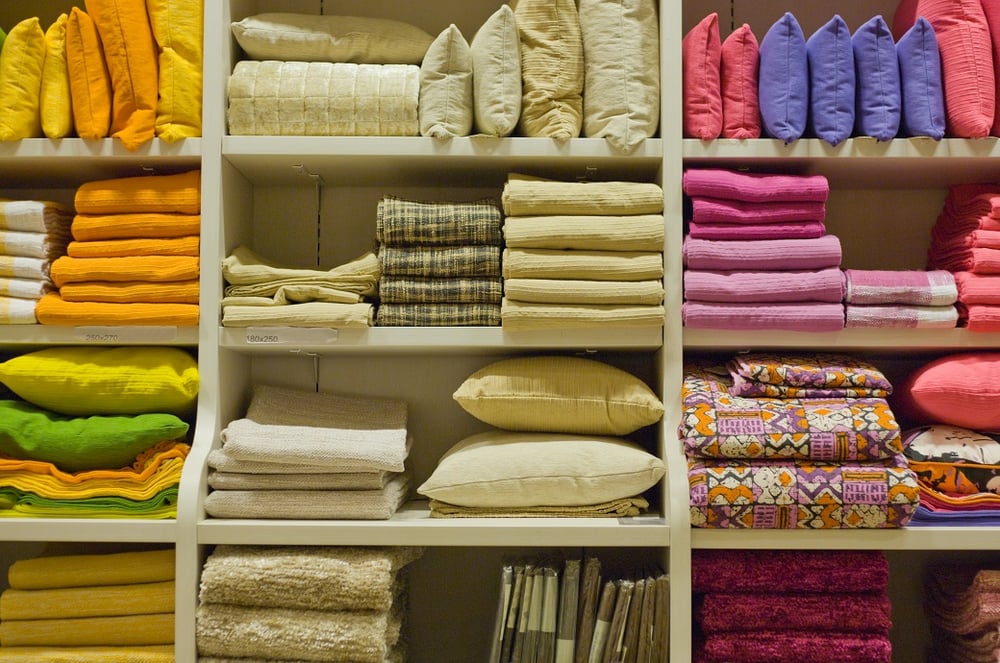FW
Textile industry leaders worldwide are gearing up for the highly anticipated ITM 2024 International Textile Machinery Exhibition, slated to be held at the Tüyap Fair and Congress Center in Istanbul from June 4th to 8th, 2024. This five-day event promises to showcase cutting-edge textile technologies and attract a surge of global investors and professionals.
A significant boost to visitor numbers is expected, thanks to a recent visa agreement between Turkey and several key textile-producing nations. Countries facing visa hurdles when traveling to Europe, including India, Pakistan, Bangladesh, and others, will find easier access to Istanbul for the exhibition. The agreement allows textile manufacturers to secure visas through the Consulates of the Republic of Turkey in their respective countries, eliminating previous travel barriers.
The strategic location of Istanbul further enhances the appeal of ITM 2024. Geographically positioned as a central hub connecting numerous countries, Istanbul offers unparalleled accessibility for exhibitors and visitors alike. With Turkish Airlines operating flights to 340 destinations in 129 countries, Istanbul emerges as a convenient meeting point for industry professionals from Europe, the Middle East, North Africa, Turkic Republics, and the Balkans.
Moreover, Istanbul's robust infrastructure extends to accommodation facilities, ensuring a seamless experience for attendees. Proximity to the fairgrounds ensures hassle-free lodging for both domestic and international visitors, further cementing Istanbul's status as a premier destination for textile trade events.
ITM 2024 Exhibition anticipates record-breaking participation, fueled by the convergence of innovation, accessibility, and hospitality in the vibrant city of Istanbul.
Officina39, the renowned Italian chemical company, unveils a solution set to redefine the millennia-old tradition of indigo garment dyeing. Dubbed Easyndigo, this innovation simplifies the intricate process into a few streamlined steps, marking a significant leap in the denim industry. Debuting at Kingpins Amsterdam next week, Easyndigo promises to democratize indigo dyeing, previously steeped in tradition and complexity.
At its core, Easyndigo leverages the Pull&Push Mechanism, a novel technology that facilitates the two-phase dyeing process. The Pull mechanism utilizes specialized agents like Deterwet Easyndigo and Dispersolo Easyndigo to effectively draw indigo onto raw garment fibers. This step ensures reproducibility and minimizes dye migration while reducing both time and energy consumption.
In the subsequent Push mechanism, a unique compound named Base Easyndigo, coupled with pre-reduced indigo DenimBlu30, drives indigo deep into the fibers. This results in vibrant hues, enhanced durability, and improved sustainability, as the process is formaldehyde-free.
Moreover, Easyndigo champions creativity while minimizing environmental impact, aligning with Officina39's commitment to responsible denim production. By partnering with Tonello, a leader in garment machinery and technology, Officina39 maximizes the efficacy of Easyndigo, showcasing a shared dedication to innovation and sustainability.
Andrea Venier, Managing Director of Officina39, emphasizes the collaborative nature of innovation, stating, "R&D is like a marathon." His sentiments are echoed by Alice Tonello, Marketing and R&D Director at Tonello, who highlights the transformative power of partnerships in driving industry progress.
In essence, Easyndigo represents a paradigm shift in indigo garment dyeing, merging tradition with cutting-edge technology to redefine industry standards and shape the future of denim production.

While China remains the world's leading textile producer, its grip on India's fabric import market appears to be loosening. Data from the Directorate General of Commercial Intelligence and Statistics (DGCI&S) shows a shift in recent years. India's fabric imports from China peaked at $6.4 billion in 2022-23 (April-Dec), reflecting a 40 per cent increase over the previous year. However, this figure marks a potential turning point. Experts predict continued decline in China's share, which previously hovered around a significant portion of India's total fabric imports. This trend coincides with China's rising production costs and a global ‘China Plus One’ strategy, where businesses are diversifying their sourcing beyond China.
Synthetic fabrics dominate
The types of fabrics exported from China to India also tell a story. Synthetic and knitted fabrics dominate the trade, accounting for over 60 per cent of the total value in 2022-23 (April-Dec). This is valued at $3.7 billion, a significant 40 per cent increase compared to the previous year. This aligns with China's strength in mass production of cost-effective synthetic textiles. Cotton fabrics, on the other hand, make up a smaller portion, around 30 per cent.
While India boasts of a strong domestic textile industry, some specific fabric types remain challenging to produce competitively. High-tech fabrics with specialized functionalities or intricate designs are areas where Chinese manufacturers often hold an edge due to advancements in textile technology and economies of scale
So, what sets Chinese fabrics apart? Chinese manufacturers often benefit from economies of scale and government subsidies, allowing them to produce certain fabrics at a lower cost than their Indian counterparts. Additionally, China has a well-established research and development infrastructure in the textile industry, giving them an advantage in creating innovative and high-tech fabrics that India might not be able to produce yet.
Reducing reliance on China
Recognizing the need to reduce reliance on Chinese imports, the Indian government and textile industry are taking steps. Initiatives include:
Policy measures: The government is implementing policies that incentivize domestic production, such as tax breaks and schemes to attract investment in the textile sector. This may involve lowering import duties on raw materials like yarn, while raising them on finished fabrics
Skill development: Programs are being rolled out to improve the skills of the Indian workforce, making them more competitive in the global textile market.
Technological advancement: Investments are being made in research and development to bridge the gap between Indian and Chinese capabilities in producing high-tech fabrics.
While the road to complete self-sufficiency is long, these efforts aim to make India a more competitive player in the global textile market, reducing its dependence on Chinese fabric imports.

Levi Strauss & Co. (Levi's) is experiencing a positive shift in its business strategy, with a strong focus on direct-to-consumer (DTC) sales leading to a 7 per cent increase in after-hours trading and an 11 per cent rise in pre-market trading on Thursday. This success is attributed to a significant rise in DTC sales across all segments, with nearly half (48 per cent) now coming directly through Levi's online marketplace and brick-and-mortar stores.
Shifting Gears: DTC over wholesale
CEO Michelle Gass emphasizes the importance of leveraging the DTC channel, potentially moving away from a heavy reliance on traditional wholesale partners like Macy's and Kohl's. This strategic move allows Levi's to build a stronger brand connection with consumers and potentially capture a larger share of the profits.
Growing demand for baggy denim
DTC sales data also reveals a clear trend towards baggie styles. Women are increasingly purchasing denim skirts, jumpsuits, low-rise and bootcut jeans, indicating a move away from skinny jeans. Men are following suit with a rise in loose-fitting jeans. Interestingly, Gass remained coy about a potential sales boost linked to Beyonce's recent song ‘Levii's Jeans’. However, the trend does indicate a broader move towards comfort and relaxed silhouettes in fashion.
Meanwhile, Levi's surpassed Wall Street's expectations with revenue of $1.56 billion, exceeding analyst forecasts. However, the company reported a loss of $10.6 million in the first quarter, partly due to the discontinuation of the Denizen brand and workforce reductions. Despite a first-quarter loss due to brand divestment and workforce reduction, Levi's anticipates full-year profits to rise, adjusting its EPS outlook to $1.17-$1.27 (up from $1.15-$1.25).
Global expansion plans
Despite the workforce reduction, Levi's continues to invest in its global presence. Plans include opening new stores in Asia and a flagship store in Paris ahead of the 2024 Summer Olympics. This expansion reflects confidence in the brand's international appeal alongside its booming DTC channels.
While Levi's is experiencing positive momentum, some challenges remain. One major issue is inflation waning consumer spending due to inflation could dampen sales growth. Also, fast fashion brands and other denim players pose a constant threat. However, the company's strong brand heritage, focus on DTC growth, and adaptation to changing consumer preferences position Levi's for continued success.
Key Takeaways
• Levi's is experiencing strong growth in D2C sales, with almost half coming from their own channels.
• Consumer preferences are shifting towards baggier denim styles.
• The company incurred a loss in Q1 2024 due to brand exit and workforce reduction.
• Despite inflation concerns, Levi's maintains a positive profit outlook for the year.
• Global expansion plans include new stores in Asia and a flagship store in Paris.
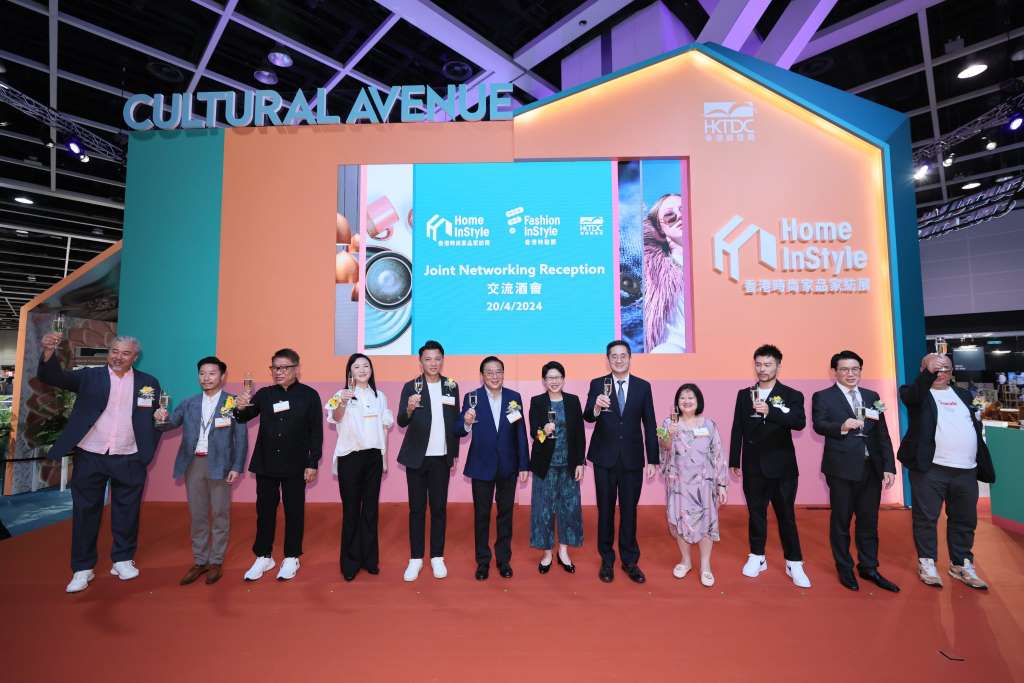
The Hong Kong Trade Development Council (HKTDC) is hosting a week-long extravaganza of lifestyle products and creative industries, featuring two key fairs: Home InStyle and Fashion InStyle. The events, running from April 20th to 30th at the Hong Kong Convention and Exhibition Centre (HKCEC), bring together over 2,200 exhibitors from 17 countries and regions, solidifying Hong Kong's position as a global hub for design and innovation.
Fringe Activities Abound: Seminars, award shows, and fashion parades
Beyond product displays, the fairs offer a plethora of fringe activities for industry professionals and visitors alike. Seminars featuring renowned speakers delve into critical topics like retail apparel market trends, consumer preferences in the "silver" market, and the growing importance of sustainability in fashion.
Fashion enthusiasts can witness the latest trends come alive at fashion parades, while design aficionados can explore the Cultural and Creative Corner, a platform for established and emerging design talents. Award shows recognize outstanding design achievements, with this year's Home InStyle showcasing the award-winning Yuen Sek tableware, lauded for its functionality and aesthetics.
International presence strengthens industry connections
The fairs boast a strong international presence, with exhibitors from across the globe showcasing their products. Visitors can explore pavilions dedicated to specific countries, experiencing the rich cultural influences reflected in homeware and textiles. From traditional Indian home textiles to innovative Sri Lankan furniture, the fairs offer a glimpse into diverse design sensibilities.
Sustainability takes center spot
A key focus of both Home InStyle and Fashion InStyle is sustainability. The events highlight eco-friendly products and services, aligning with Hong Kong's commitment to reducing plastic use. A dedicated Certification and Trade Services zone at Fashion InStyle helps businesses navigate sustainability certifications, while the Green Living zone at Home InStyle showcases eco-friendly homeware solutions.
Merging Innovation with Tradition: A look at specific zones
Home InStyle offers a wide range of zones catering to diverse needs. The Hall of Elegance features established designer brands, while Green Living spotlights eco-conscious homeware. New zones like Home Textiles and World of Fine Textiles cater to those seeking high-quality textiles and household items. Fashion InStyle boasts zones dedicated to Athleisure, Fashion Accessories, and a Kid's Wardrobe section, ensuring there's something for every taste. The Fashion Tech zone offers a glimpse into the future of fashion, showcasing cutting-edge technologies in clothing production, including the use of advanced materials for superior insulation.
EXHIBITION+ Model: A hybrid approach to business matching
The HKTDC's EXHIBITION+ model seamlessly blends physical and online elements. The platform allows buyers to continue sourcing products and connect with suppliers even after the physical event concludes. Additionally, the Click2Match platform facilitates business matching, while the Scan2Match function empowers buyers to scan exhibitor QR codes, bookmark contacts, and access product information for continued discussions online.
This year's Home InStyle and Fashion InStyle offer a comprehensive look at the latest trends in lifestyle products, design, and sustainability. With a focus on international collaboration and industry education, the fairs provide a valuable platform for businesses and design enthusiasts alike.
Sportswear giant Adidas has introduced a new range of sports bras known as the ‘Techfit Control Bra’ for women suffering from running-related breast pain.
Launched in collaboration with the ‘reactivewear’ engineering company Rheon Labs, the sports bra is made from Rheon’s patented reactive super polymer that adapts to support the breast during high-intensity movements.
The bra uses strips of strain-rate-sensitive polymer strategically placed across the breast tissue. Like running on wet sand, it only hardens under intense movement, then returns to being soft and pliable. This provides all-around support during activity without being restrictive or overly compressive”.
The shape, size and placement of each piece is ergonomically designed using computer modeling to offer the optimal support for key muscle groups during exercise.
Overall, the sports bra claims to improve support, reduce wasted energy, and maximise running performance by 7 per cent.
Adidas has also incorporated Rheon into its athletics kits for team GB, France, and Ethiopia at the Paris 2024 Olympics.
The Techfit Control x Rheon Sports Bra is available online at adidas.com, priced at £65 and available in sizes 32A,B to 48E,G.
Lululemon Athletica plans to optimise its business operations by closing its distribution center in Washington by the end of the year, and laying off over 100 employees
According to a WARN notice filed with the state’s Employment Security Department, the
Vancouver-based firm will shutter the Sumner distribution center and cut 128 jobs beginning June 21. The lease for the 150,000 sq ft distribution center will end in June 2025.
The move is a result of the slowing demand being witnessed by Lululemon for its premium athleisure in North America. Excessive inventory levels with sporting retailers in this region have resulted in lower orders for sportswear and apparel firms.
The company plans to retain some of its employees and relocate them to other facilities, including the recently opened distribution center in greater Los Angeles area.
In 2021, the retailer in 2021 entered into a new lease for an about 1.26 million-sq-ft distribution center in Ontario city in California. The lease expires in 2039. Lululemon also owns a distribution center in Groveport, Ohio, while leases majority of its other facilities located across the United States, Canada and Australia.

The 2024 China (Shenzhen) International Brand Underwear Fair (SIUF) concluded yesterday, April 21st, marking the end of a three-day event brimming with the latest trends and innovations in the intimate apparel industry. Held at the Shenzhen Convention & Exhibition Center from April 19th to 21st, SIUF cemented its reputation as Asia's most influential underwear trade fair.
This year's SIUF expanded its focus beyond traditional lingerie, showcasing a wider range of undergarments including swimwear, loungewear, and functional activewear. This reflects the evolving consumer preferences towards comfort and versatility in their undergarments. Sources reported a strong presence of brands showcasing seamless designs, sustainable materials, and athleisure influences, catering to the growing demand for active lifestyles.
Fostering Connections: A hub for business
Beyond product exhibits, SIUF served as a premier platform for industry professionals. The event facilitated business networking through designated exhibitor zones and matchmaking sessions, fostering new partnerships and collaborations. Renowned for its ability to connect key players in the global underwear market, SIUF attracted a significant number of industry representatives seeking to explore business opportunities. A major highlight was the "Underwear Innovation Forum," a high-profile conference featuring industry experts discussing the latest technological advancements and their impact on garment design and manufacturing.
Celebrating Excellence: From runway shows to awards
The SIUF wasn't just about commerce – it also celebrated excellence in the industry. The event featured a grand opening ceremony, captivating fashion shows showcasing the latest styles, and prestigious award ceremonies recognizing outstanding achievements by brands and individuals. The runway dazzled with collections from established and emerging designers, highlighting bold color palettes, intricate lacework, and innovative fabrications. Notably, local designer Li Wei took home the "Best Sustainable Design" award for her eco-friendly lingerie line.
Shaping the future of undergarments
The successful conclusion of the 2024 SIUF underscores its position as a leading event in the global intimate apparel industry. By showcasing cutting-edge trends, facilitating business connections through dedicated networking events and conferences, and recognizing industry leaders, SIUF plays a crucial role in shaping the future of undergarments.
After opening a store in the Design District, Miami, Birkenstock plans to open new stores across Austin and Nashville.
Many fashion brands have been opening their stores in Nashville and Austin in recent years and Birkenstock has a huge opportunity to expand here, says David Kahan, CEO, Birkenstock Americas. The brand currently has stores across five other locations in the US. It will launch the Austin store on South Congress Ave in June, while Nashville will be launched later in the year.
According to Kahan, besides New York and LA, other cities in the US are also becoming hubs for fashion, innovation and creativity.
Birkenstock has introduced a self-service hybrid retail model that allows customers to shop independently to find their own style and size. The store also has staff on site to assist with fittings.
The first of these hybrid stores have been opened in Sevierville, Tenn, while another in Westgate, Arizona will debut later this month. The two locations were chosen for their reputation of being outdoor lifestyle centers, adds Kahan. This model helps the company to meet more consumer demand for accessibly priced product. For example, these locations will be used to stock Birkenstock’s EVA collection — which retails form $35 to $60.
The 250-year old German footwear brand also continues to build its digital business and strengthen relations with wholesale partners. Its Q1 FY24 revenues grew by 22 per cent to € 302.9 million from €248.5 million ($269.4 million) the same time last year.
As a part of its recent ‘Make Room for Shoes’ campaign launched in partnership with Nordstrom, Birkenstock plans to sell four silhouettes and color combos through Nordstrom.com, Birkenstock.com, and Nordstrom and Birkenstock stores in the US — for a limited time.
William Ruto, President, Kenya will inaugurate a new clothing company, Nexgen Packaging Kenya, in Athi River on April 23, 2024. Specialising in the production of garment accessories including hangers, patches and woven labels, the facility will boost Kenya’s apparel exports to the United States, thus enhancing its forex reserves. The facility will also help Kenya create an estimated 20,000 new jobs.
The new facility will specialise in the production of various garment accessories, including hangers, patches, and woven labels. These woven labels will play a crucial role in raising consumer awareness by displaying details like fabric composition, such as ‘100 per cent cotton.’
Establishment of the factory has been facilitated by a grant from the United States Agency for International Development (USAID). The event will be accompanied by a ‘Made in Kenya’ expo, showcasing 14 Kenyan apparel and textile businesses that have benefited directly from American support. This expo will highlight the positive impact of US-Kenyan collaboration in strengthening the local textile sector.
The strategic decision to designate Kenya as the primary production hub for Africa affirms the nation's growing importance in the textile industry. This new facility will undoubtedly complement existing operations in Ethiopia, Egypt, and West Africa.

